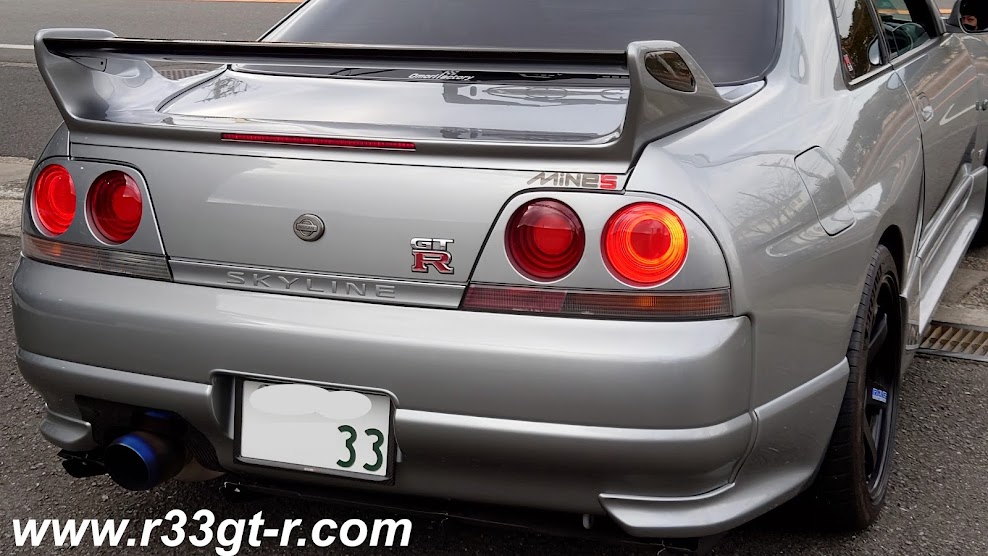On a visit to my Lexus dealer back in late August last year during this leather interior project, I decided to see how large the stitching was on their cars. In particular, the GS-F. Luckily they have an orange one that hasn't sold for some reason so I climbed in and measured with my new digital micrometer.
 |
| So Lexus has a single line of 4mm stitches - this stitching is more visual than functional I bet |
Not only did I report these findings to Cesar, I also told him that one of my inspirations for this project was this photo on Speedhunters:
In response, Cesar sent me photos of not just some more parts he had done - the glove box, airbag lid and the ignition key surround - but he also had some samples of 3mm and 4mm stitching.
As before, I'll let the photos do the talking:
 |
| First, he creates a mold to fit where the latch is |
 |
| Using a weight, he uses the mold to stretch the leather to fit the glove box door |
 |
| That is, he makes sure that the leather wraps into the latch nicely |
 |
| You can see the outline clearly here |
 |
| Then it's just a matter of lining it all up, gluing, and using clips, while using the mold to ensure the square hold stays square |
 |
| Using clips to hold the leather in place as it dries |
 |
| That is gorgeous! |
If you remember from
this prior post, the glovebox was one of the first parts Cesar fixed up! I guess he wanted to start with something familiar and which WASN'T easy...
Here is the airbag flap - another part that had to be repaired:
 |
| Can't really tell from this photo, but upon closer inspection... |
 |
| Cesar said he had to special order the metal mold to imprint this. |
 |
| Close-Up. Very nice. Looks OEM! But that is real leather! |
 |
| You can see how the leather was stretched over and glued. |
Finally, the ignition key surround.
 |
| Look closely and you can see yes it's real leather... |
 |
| Another angle |
 |
| Again you can see the intricate work here. And how it was folded over and glued. |
As I mentioned above, Cesar also asked me which stitch length I preferred - 3mm or 4mm. He also sent me the following photos to help me decide:
 |
| Side by side comparison on the glovebox surround |
 |
| This is 3mm |
 |
| And this is 4mm on the right. |
But I noticed something - the gap between the stitches looked fairly large. At this rate, I would want the 4mm because the gap is proportionally shorter compared to the 3mm.
Cesar followed up in an email saying that I had "keen eyes" as I had spotted stitching on the "closing sewing" where he had used a 90-14 needle, then on the "oversewing" he had used a 120-19 needle. However, on the actual project, he said he would use a 110-18 needle, and would send me photos later to show the difference.
Here are those photos:
 |
| 3mm stitching, with 110-18 needle |
 |
| 4mm stitching, with 110-18 needle |
 |
| Side by side comparison, 3mm on top |
 |
| As how it would look on the gauge cowl overhang. Here is the 4mm stitch. |
 |
| And here is how the 3mm stitching would look on the gauge cowl overhang. |
Cesar recommended 3mm, but I was not so sure. It's hard to tell from photos of other cars, and nowhere could I find anything about what the OEMs use. I asked around, but in the end I had to make a decision...so I went with the 3mm. I hope that this is the right decision....what do you guys think?
























































